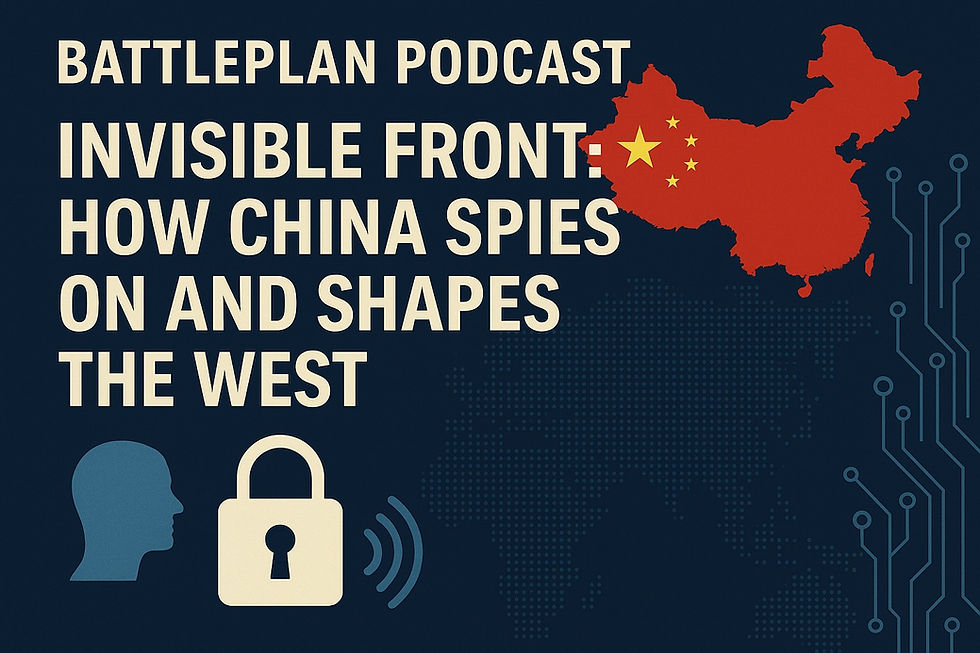Letters of Enquiry - the use of Indirect Questions
- Jeremy Walters
- Feb 19, 2022
- 3 min read
As part of the Level Two Writing Exam you have to write either a letter or an email in Task One. Unfortunately you don't get a choice of which one to write and so you must be prepared for all possibilities.
In other blog posts we will look at different types of letters as well as how to write emails but today I'd like to concentrate on Formal Letters and one type in particular: Letters of Enquiry.
The main thing which makes a formal letter different and perhaps more difficult for students is the formal sentence structure that you need. A good explanation for formal letters can be found here. For us, today, I'd like to concentrate on two things: the exam task and structure; and the use of indirect questions.
To begin with then, let's look at the exam task and structure. A Task One writing task from the Level Two Exam has three main objectives. Let's look at the Exam Task below:
TASK ONE You saw an advert on a NATO website for a Hybrid Warfare Course. Write a letter to the Belgium training school expressing interest and asking for more information. Include the following points: 1) introduce yourself and say which course you are interested in, asking for details of the exact dates of the course; 2) explain why you are interested in the course and describe why you are a suitable candidate, 3) request information about how to prepare for the course, mentioning reading material, equipment preparation etc. Write between 150-200 words.
To successfully write the letter and pass the task, you must not only answer all three points but also use polite and formal language. Therefore it is important to ask for information using indirect questions to show respect. To see the difference please take a look at the example below:
When will the course start? (Direct)
Could you tell me when the course starts? (Indirect)
For a more detailed explanation please look at the downloadable Pdf at the bottom of the post.
Returning to the structure, the letter should have a clear introduction explaining why you are writing and then separate , clearly marked, paragraphs for each of the things you want to talk about (the bullet points in the instructions). Don't forget to politely start and finish the letter using the correct format:
If you started your letter with: Dear Sir / Madam, then end with: Yours faithfully,
and if you started with Dear Mr Smith, then end withYours sincerely,
Please take a look at the sample letter below. It is an answer to the exam task above and is exactly 200 words in length.



Comments